|
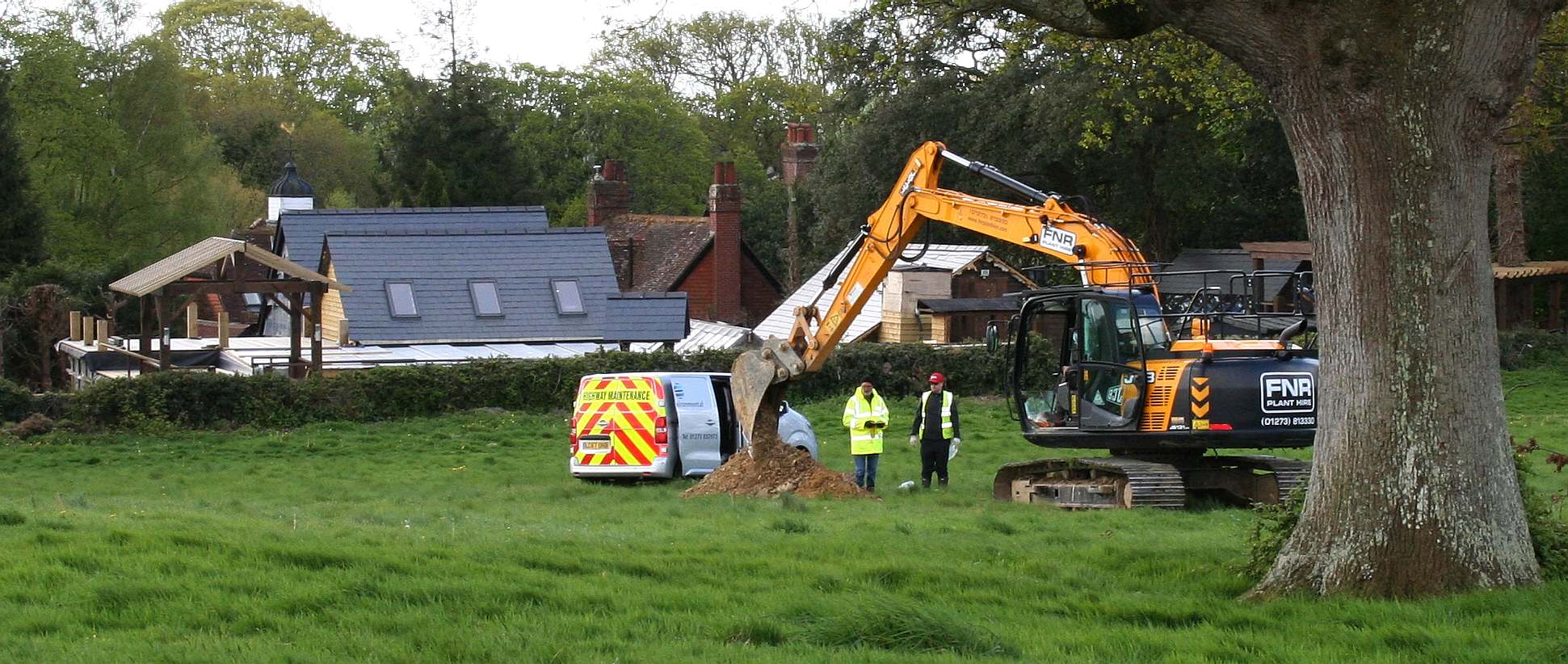
WATER
RIGHTS - Clarion Housing Group and Thakeham
Homes are in danger of spoiling an ancient well that supplies water
to many concerns in this vicinity. In the picture you can see a hired
digger scooping out trenches to test drainage by pouring in water and
measuring the rate of absorption by the soil. It seems to us that if you
build houses on the ground that feeds the ancient well, that
contamination from garden treatments such as Roundup and engine oils,
etc., will find its way into this well leading to claims against the
owners of the houses who would have been sold a pup, and/or against the
Council for approving the proposal, by way of a negligence claim, and/or
against the vendors or developers. Any way you look at it the developers
and Council concerned should take steps to ensure that no development
takes place until the proper tests and evaluations have been completed,
and after that stage, to ensure that any houses built in this location
will not be on a path that includes the water
table that feeds the ancient well.
Any
failure to conduct the proper tests and house situation, along with safe
sewage disposal, may tempt the Secretary
of State to call in the application. We imagine that all of those
with a financial interest in this piece of greenbelt will want to
resolve issues before it starts to get complicated.
9.
PROTECTING GREEN BELT LAND
79. The Government attaches great importance to Green Belts. The fundamental
aim of Green Belt policy is to prevent urban sprawl by keeping land
permanently open; the essential characteristics of Green Belts are their
openness and their permanence.
80. Green Belt serves five purposes:
●● to check the unrestricted sprawl of large built-up areas;
●● to prevent neighbouring towns merging into one another;
●● to assist in safeguarding the countryside from encroachment;
●● to preserve the setting and special character of historic towns; and
●● to assist in urban regeneration, by encouraging the recycling of derelict
and other urban land.
81. Once Green Belts have been defined, local planning authorities should plan
positively to enhance the beneficial use of the Green Belt, such as looking for
opportunities to provide access; to provide opportunities for outdoor sport
and recreation; to retain and enhance landscapes, visual amenity and
biodiversity; or to improve damaged and derelict land.
82. The general extent of Green Belts across the country is already established.
New Green Belts should only be established in exceptional circumstances, for
example when planning for larger scale development such as new
settlements or major urban extensions. If proposing a new Green Belt, local
planning authorities should:
●● demonstrate why normal planning and development management policies
would not be adequate;
●● set out whether any major changes in circumstances have made the
adoption of this exceptional measure necessary;
●● show what the consequences of the proposal would be for sustainable
development;
●● demonstrate the necessity for the Green Belt and its consistency with Local
Plans for adjoining areas; and
●● show how the Green Belt would meet the other objectives of the
Framework.
83. Local planning authorities with Green Belts in their area should establish
Green Belt boundaries in their Local Plans which set the framework for Green
Belt and settlement policy. Once established, Green Belt boundaries should
only be altered in exceptional circumstances, through the preparation or
review of the Local Plan. At that time, authorities should consider the Green
Belt boundaries having regard to their intended permanence in the long
term, so that they should be capable of enduring beyond the plan period.
84. When drawing up or reviewing Green Belt boundaries local planning
authorities should take account of the need to promote sustainable patterns
of development. They should consider the consequences for sustainable
development of channelling development towards urban areas inside the
Green Belt boundary, towards towns and villages inset within the Green Belt
or towards locations beyond the outer Green Belt boundary.
85. When defining boundaries, local planning authorities should:
●● ensure consistency with the Local Plan strategy for meeting identified
requirements for sustainable development;
●● not include land which it is unnecessary to keep permanently open;
●● where necessary, identify in their plans areas of ‘safeguarded land’
between the urban area and the Green Belt, in order to meet longer-term
development needs stretching well beyond the plan period;
●● make clear that the safeguarded land is not allocated for development at
the present time. Planning permission for the permanent development of
safeguarded land should only be granted following a Local Plan review
which proposes the development;
●● satisfy themselves that Green Belt boundaries will not need to be altered
at the end of the development plan period; and
●● define boundaries clearly, using physical features that are readily
recognisable and likely to be permanent.
86. If it is necessary to prevent development in a village primarily because of the
important contribution which the open character of the village makes to the
openness of the Green Belt, the village should be included in the Green Belt.
If, however, the character of the village needs to be protected for other
reasons, other means should be used, such as conservation area or normal
development management policies, and the village should be excluded from
the Green Belt.
87. As with previous Green Belt policy, inappropriate development is, by
definition, harmful to the Green Belt and should not be approved except in
very special circumstances.
88. When considering any planning application, local planning authorities should
ensure that substantial weight is given to any harm to the Green Belt. ‘Very
special circumstances’ will not exist unless the potential harm to the Green
Belt by reason of inappropriateness, and any other harm, is clearly
outweighed by other considerations.
89. A local planning authority should regard the construction of new buildings as
inappropriate in Green Belt. Exceptions to this are:
●● buildings for agriculture and forestry;
●● provision of appropriate facilities for outdoor sport, outdoor recreation
and for cemeteries, as long as it preserves the openness of the Green Belt
and does not conflict with the purposes of including land within it;
●● the extension or alteration of a building provided that it does not result in
disproportionate additions over and above the size of the original building;
●● the replacement of a building, provided the new building is in the same
use and not materially larger than the one it replaces;
●● limited infilling in villages, and limited affordable housing for local
community needs under policies set out in the Local Plan; or
●● limited infilling or the partial or complete redevelopment of previously
developed sites (brownfield land), whether redundant or in continuing use
(excluding temporary buildings), which would not have a greater impact
on the openness of the Green Belt and the purpose of including land
within it than the existing development.
90. Certain other forms of development are also not inappropriate in Green Belt
provided they preserve the openness of the Green Belt and do not conflict
with the purposes of including land in Green Belt. These are:
●● mineral extraction;
●● engineering operations;
●● local transport infrastructure which can demonstrate a requirement for a
Green Belt location;
●● the re-use of buildings provided that the buildings are of permanent and
substantial construction; and
●● development brought forward under a Community Right to Build Order.
91. When located in the Green Belt, elements of many renewable energy projects
will comprise inappropriate development. In such cases developers will need
to demonstrate very special circumstances if projects are to proceed. Such
very special circumstances may include the wider environmental benefits
associated with increased production of energy from renewable sources.
92. Community Forests offer valuable opportunities for improving the
environment around towns, by upgrading the landscape and providing for
recreation and wildlife. An approved Community Forest plan may be a
material consideration in preparing development plans and in deciding
planning applications. Any development proposals within Community Forests
in the Green Belt should be subject to the normal policies controlling
development in Green Belts.
CONTACTS
Department for Communities and Local Government
Eland House
Bressenden Place
London,
SW1E 5DU
United
Kingdom
Telephone: 030 3444 0000
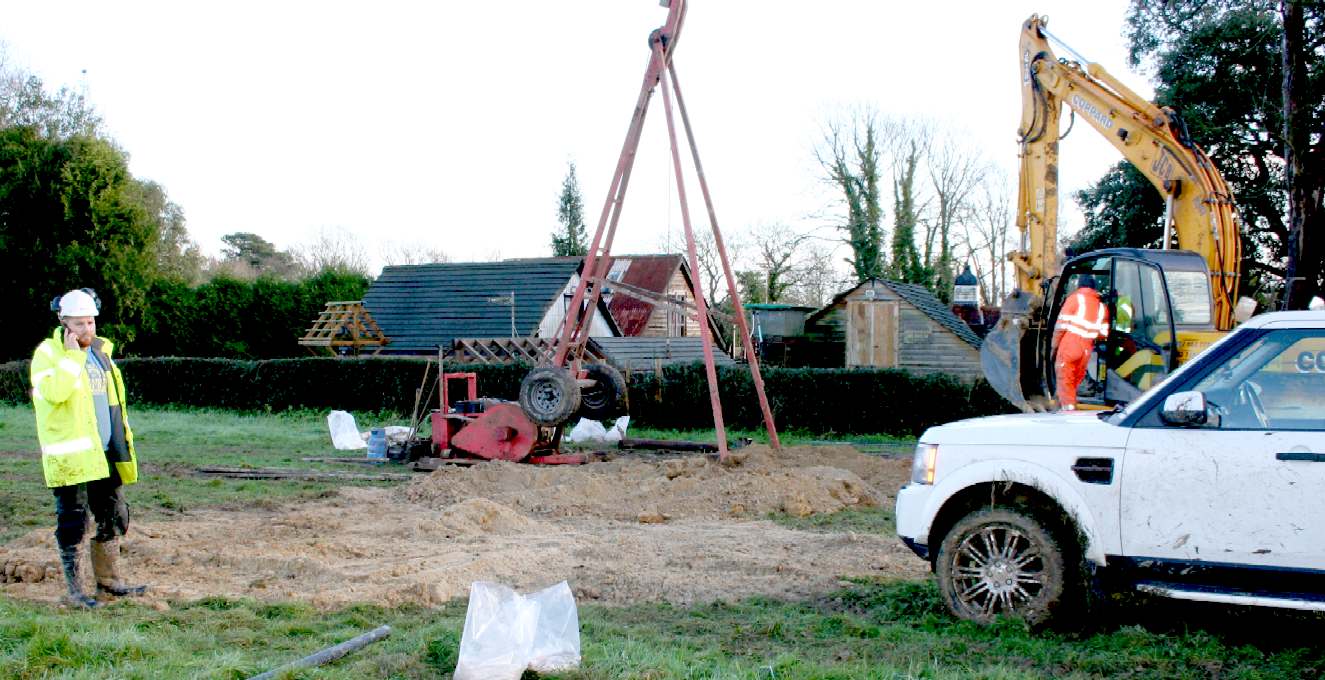
HINKLEY,
CALIFORNIA - GROUND WATER CONTAMINATION - The
town of Hinkley, California,
located in the Mojave Desert, (about 121 miles driving distance
north-northeast of Los Angeles) had its groundwater contaminated with
hexavalent chromium starting in 1952, resulting in a legal case
against Pacific Gas & Electric (PG&E) and a multimillion-dollar
settlement in 1996. The legal case was dramatized in the film Erin
Brockovich, released in 2000.
Residents of Hinkley filed a class action against PG&E,
encaptioned Anderson, et al. v. Pacific Gas and Electric (Superior Ct.
for County of San Bernardino, Barstow Division, file BCV 00300.
In 1993, Erin Brockovich, a legal clerk to lawyer Edward L. Masry,
investigated the apparent elevated cluster of illnesses in the
community linked to hexavalent chromium. The efforts of Brockovich and
Masry, and the plight of the people of Hinkley, became widely known
when the film Erin Brockovich was released in 2000.
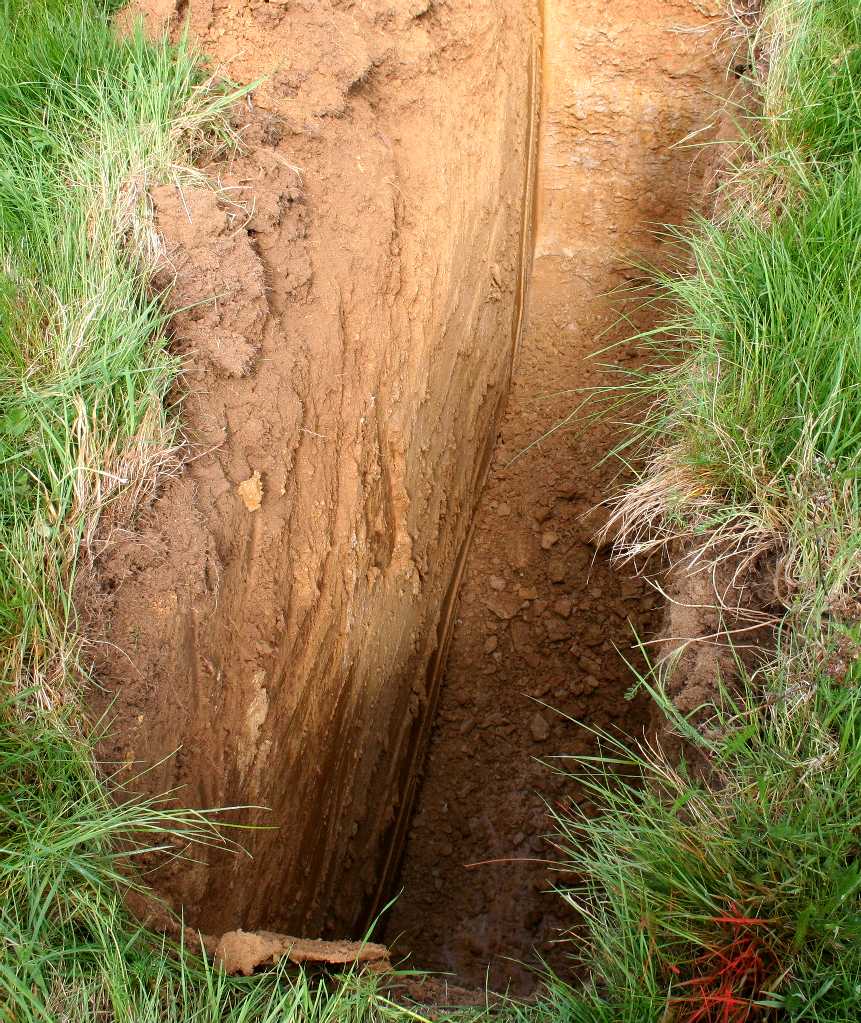
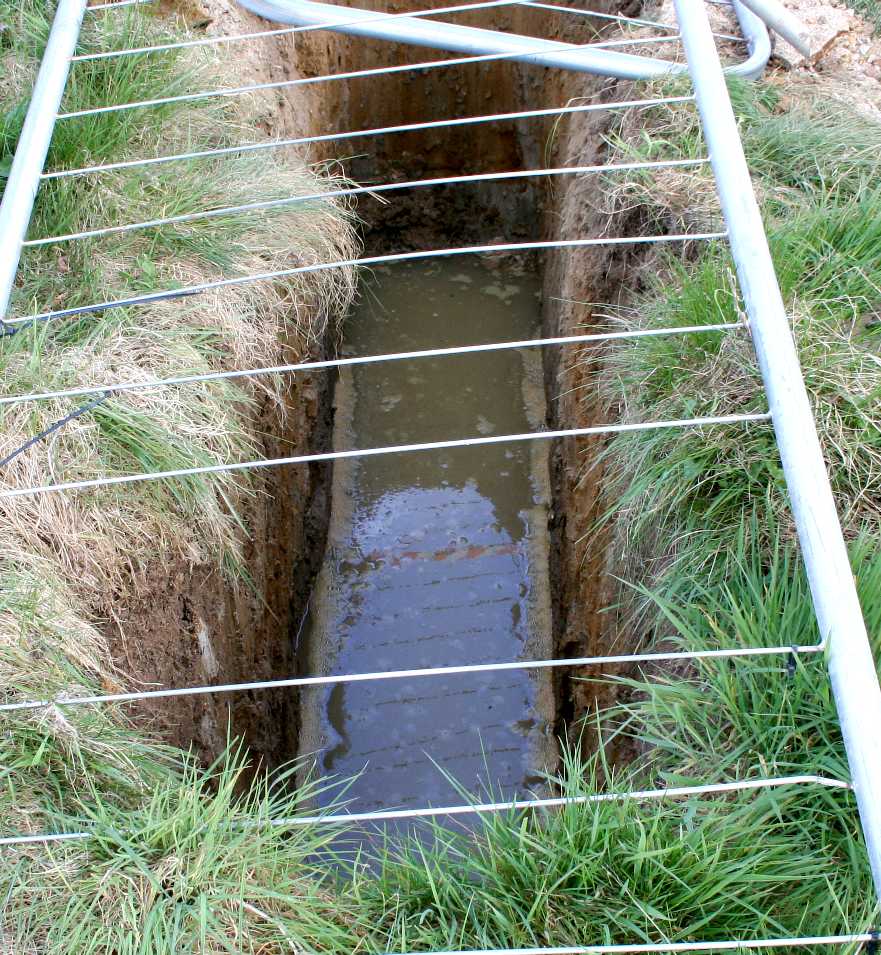
After
many arguments, the case was referred to arbitration with maximum
damages of $400 million. After the arbitration for the first 40 people
resulted in roughly $110 million,
PG&E reassessed its position and decided to end arbitration and
settle the entire case. The case was settled in 1996 for $333 million,
the largest settlement ever paid in a direct-action lawsuit in U.S.
history.
In 2006, PG&E agreed to pay $295 million to settle cases involving
another 1,100 people statewide for hexavalent chromium-related claims.
In 2008, PG&E
settled the last of the cases involved with the Hinkley claims for $20
million.
LEAD
CASE: In the case of Wealden
District Council and planning application WD/2015/0090/MAO,
originally filed by Tim
Watson in 2014, then re-filed by Gleeson
Developments in 2015, and taken over by Clarion
Group and Thakeham
Group, there appear to be multiple errors in applying these
policies to greenbelt, including failing to protect open spaces and
the historic built environment, and not promoting sustainable
transport.
The
Horse
Sanctuary Trust are following this case with much interest. We
consider that the paper trail will eventually make interesting
reading, leading us to who is making the decisions and the money
........
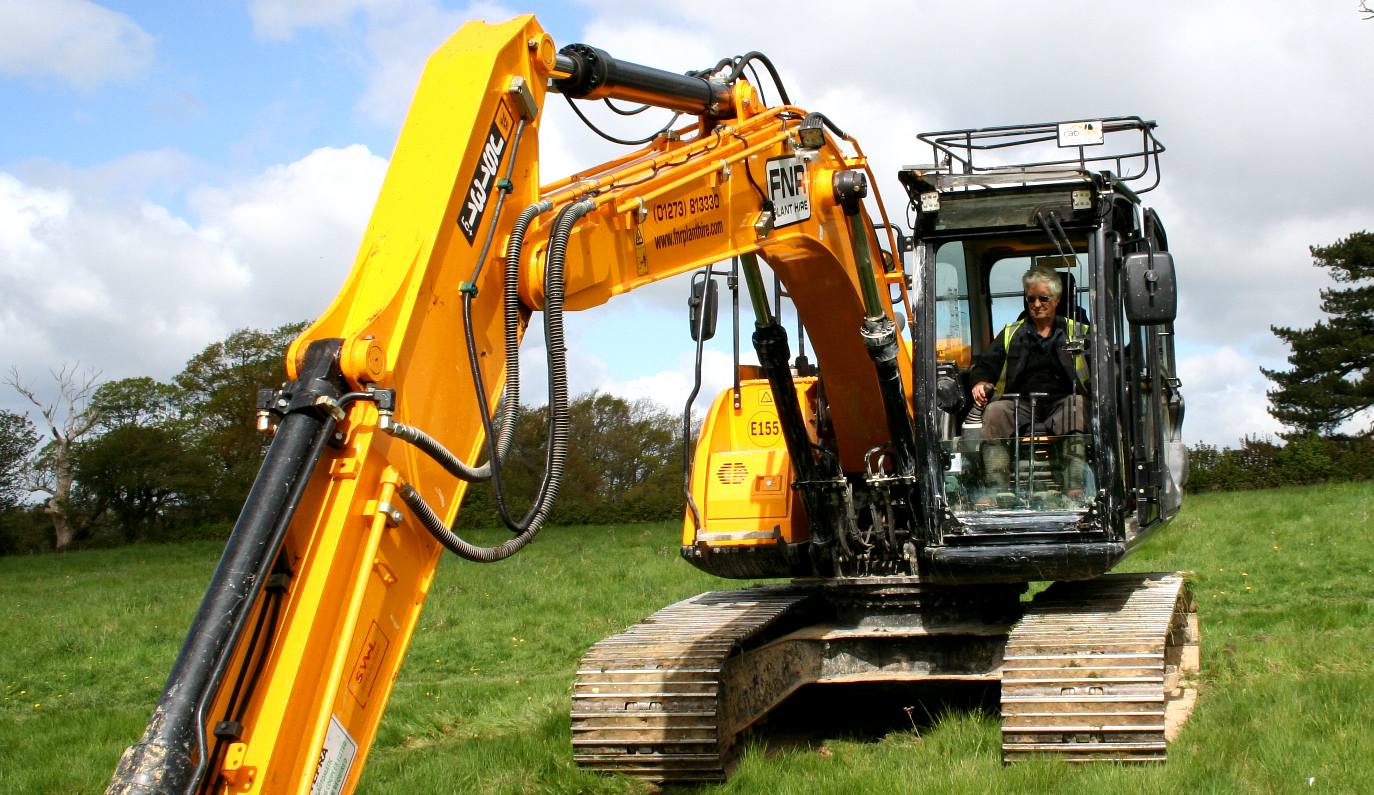
GREENBELT
- Digging up Greenfield sites for quick
profits from windfall planning consents is ruining the heritage of
the nation. Once it is gone, it is gone. Britain is short of genuinely
affordable housing that developers are loath to provide where all they
want is the money. It may be that Clarion Housing and Thakeham intend
building affordable units on this site. They should also bear in mind
the requirement for sustainable development in United
Nations terms. Copyright photograph © April 26 2018, Herstmonceux
Museum Limited. All rights reserved. You may not copy this picture
except for educational
use.
|




